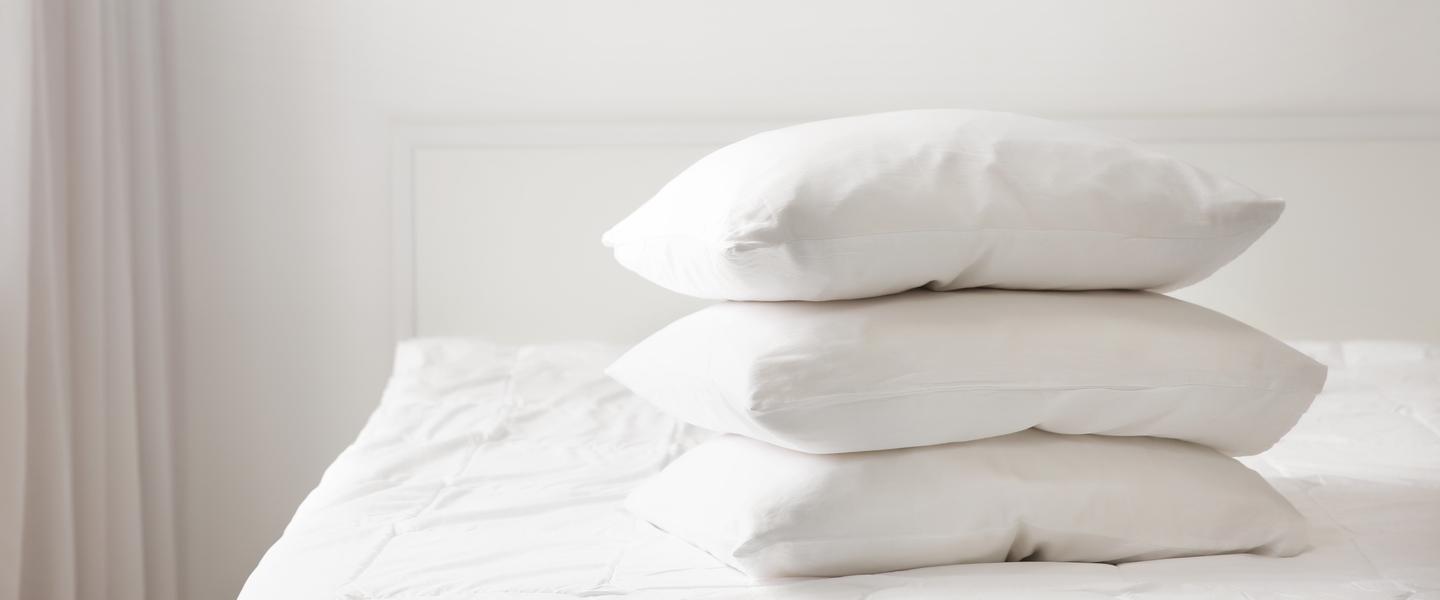How Do Anti-Allergy Pillows Work?
If you experience allergies like hay fever or allergic rhinitis, then it is definitely worth investing in anti-allergy pillows. These incredible pillows are designed to repel or keep out dust mites and other allergens that may be causing your issues, ensuring you a comfortable night’s sleep every night.
But, how do anti-allergy pillows do this? In this guide, we'll examine exactly how anti-allergy pillows work to keep you cosy as you rest.
How anti-allergy pillows help you to sleep better
So, how exactly do anti-allergy pillows work? Essentially, anti-allergy pillows reduce or eliminate allergens from your pillows to reduce allergic reactions when you're in bed.
The most common causes of allergies in pillows are fungal spores and dust mite allergens. Both anti-allergy bedding and pillows are designed to eliminate dust mites and fungal spores from your bed.
There are three main ways in which anti-allergy pillows are designed:
- Allergy-repellent pillows: Some anti-allergy pillows are made with natural fillings that repel dust mites. Wool pillows and wool duvets are particularly good for this as they create a cool and dry environment that dust mites hate, making wool bedding a great choice if you suffer from a dust mite allergy.
- Treated anti-allergy pillows: These pillows are treated to prevent the growth of mould, bacteria, and fungi. The treatment also makes it less likely for dust mites to accumulate inside the pillows. These pillows are ideal if you have a dust mite allergy or an allergy to fungal spores. The Snuggledown Anti Allergy Duck Feather and Down pillow has been given a Biome Natural treatment which prevents the growth of mould, fungus, and bacteria.
- Allergen-containing pillows: This type of pillow is designed to trap dust mites and fungal spores inside the pillow. It means that they can't be dispersed and trigger an allergic reaction. This is usually achieved by making the pillow out of densely woven synthetic fibres.
Is anti-allergy the same as hypoallergenic?
You may have also heard of hypoallergenic bedding and pillows and wonder if they are the same as anti-allergy bedding and pillows. The answer is: not exactly.
Anti-allergy pillows work specifically to eliminate the build-up of dust mites and other allergens. The term 'hypoallergenic' simply means that the bedding and pillows are less likely to cause an allergic reaction in allergy sufferers.
Whilst both are a good choice for allergy sufferers, anti-allergy bedding and pillows are best if you have a specific allergy, such as a dust mite allergy.
You might also have come across 'non-allergenic' pillows. These are not to be confused with anti-allergy pillows. Non-allergenic pillows are less likely to cause allergic reactions but don't protect against dust mite allergens. If you're allergic to dust mites, then it's best to avoid non-allergenic pillows.
The myth of down and feather allergies
Many allergy sufferers think that they're allergic to the fillings inside their pillows, such as down and feather pillows. However, when they switch to a hollowfibre pillow filling, they can find that their symptoms persist.
This is because most people aren't allergic to the fillings of their pillows but rather to the dust mites that make these pillows their home. Whilst it's true that they prefer natural material, they can still accumulate in synthetic fibres as well.
This is why you should use anti-allergy bedding like anti-allergy duvets and pillows instead of simply switching to pillows with synthetic fillings.
The Slumberdown Anti Allergy pillow combines a hollowfibre filling with a microfibre cover, giving you a soft pillow for comfortable, allergy-free nights. The pillow is also available in medium and firm for all sleeping positions.
Dust mite allergy reactions: The real culprit
It's estimated that around one in five adults in the UK are allergic to house dust mites. Fortunately, if you have a dust mite allergy, there are plenty of steps you can take to keep them out of your pillows.
Of course, using anti-allergy pillows is the best solution. Still, there are other ways you can help to keep the dust mites at bay. Before we get into them, let's take a look at the conditions that a dust mite loves and thrives in.
Conditions that house dust mites love
The ideal conditions for a dust mite are warm and damp pillows. Essentially, they love high humidity! They survive by consuming the scales of animal and human skin. If you have pillows that are warm, damp, and full of dead skin, you're almost certainly creating a breeding ground for dust mites.
How can pillows be resistant to dust mites?
The best way to ensure that your pillows are more resistant to dust mites is to buy anti-allergy pillows specifically designed to repel them.
However, there are other things you can check when buying a pillow to ensure it reduces the chances of dust mites. This includes:
- Checking that the pillow filling is breathable
- Ensuring the pillowcases you’re using have a very tight weave
- Making sure that the pillow is washable and keeping it maintained - read our guide on how to wash pillows
- Checking your pillow has a good level of temperature regulation, especially during warmer months
If you buy an anti-allergy pillow that has these qualities, you'll be on the road to dust-mite-free slumber. You should also try adding anti-allergy pillow protectors to your pillows to provide an extra barrier against dust mites.
FAQs
How often should I wash my anti-allergy pillows?
If you have anti-allergy pillows, you should aim to wash them once every 4 months. This keeps them clean and will also ensure that they last as long as possible. Make sure you’re washing pillowcases and other bedding on a more regular basis.
How often should I replace my anti-allergy pillows?
Although anti-allergy pillows prevent the accumulation of dust mites, mould, and other allergens, they still need to be replaced. Generally, you should replace any pillow after a year or when it is no longer supporting you as you sleep. This is especially true if you have an anti-allergy pillow that contains allergens instead of repelling them.
Can you wash an anti-allergy pillow?
Yes, most anti-allergy pillows can be machine-washed. However, this depends on the filling and if the pillows have been treated.
Always check the label on your anti-allergy pillows before washing them to make sure that they can be washed. Some anti-allergy pillows will need to be washed at a lower temperature than certain other materials.
Explore our range of anti-allergy pillows and bedding
Investing in anti-allergy pillows from Sleepseeker is one of the best things you can do to keep allergens out of your bed.
At Sleepseeker, we are bedding experts and offer a wide range of duvets, pillows, pillow protectors, and mattress toppers to choose from.
For more, read our what is anti-allergy bedding? ultimate guide
What's trending now...
-
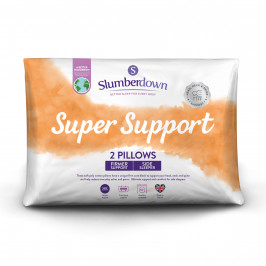
Slumberdown Super Support Firm Support Side Sleeper Pillow, 2 Pack
£17.00
Shop Now -
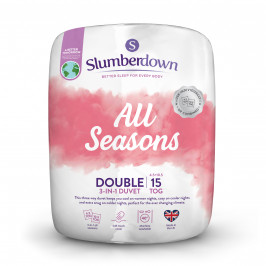
Slumberdown All Seasons Combi 15 Tog (10.5 + 4.5 Tog) Double Duvet
£30.50
Shop Now -
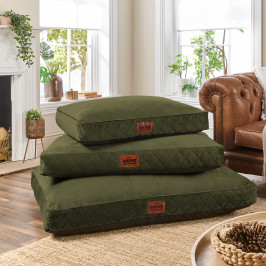
Slumberdown Paws for Slumber Olive Green Pet bed, Medium
£39.00
Shop Now -
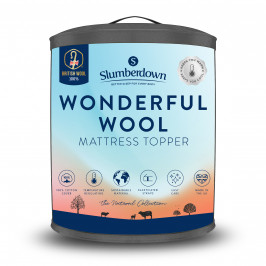
Slumberdown Wonderful Wool Mattress Topper
From: £54.50
Shop Now -
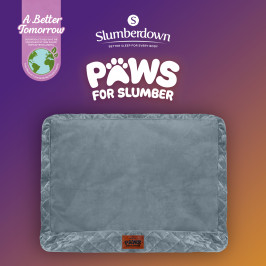
Slumberdown Paws for Slumber Extra Large Pet Bed Spare Cover, Grey
£20.00
Shop Now -
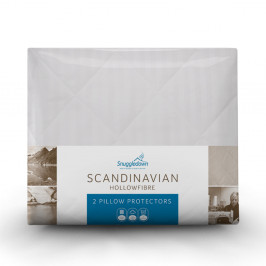
Snuggledown Scandinavian Hollowfibre Pillow Protector - Pack of 2
£15.00
Shop Now -
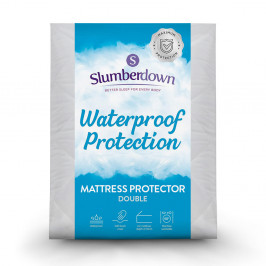
Slumberdown Waterproof Mattress Protector - Double
£17.50
Shop Now -
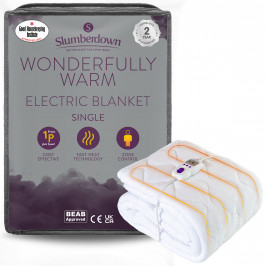
Slumberdown Wonderfully Warm Electric Blanket - Single
£60.00
Shop Now -
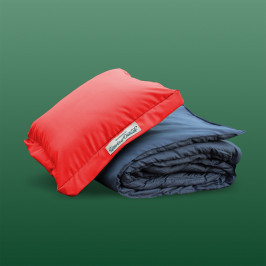
Slumberdown Unwind Outside 2-in-1 Waterproof Cocoon Set, Burnt Orange
£30.00
Shop Now -
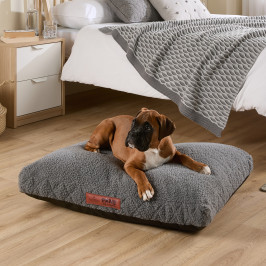
Slumberdown Paws For Slumber Sherpa Pet Bed, Medium
From: £25.00
Shop Now -
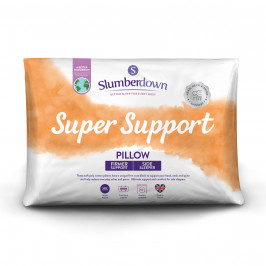
Slumberdown Super Support Firm Support Side Sleeper Pillow
From: £17.00
Shop Now -
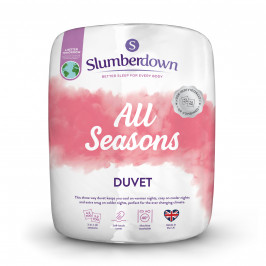
Slumberdown All Seasons Combi Duvet
From: £25.50
Shop Now -

Slumberdown Paws for Slumber Medium Pet Bed
From: £39.00
Shop Now -
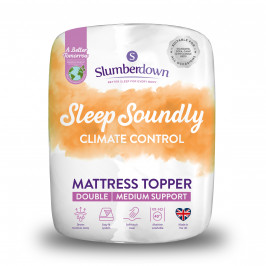
Slumberdown Sleep Soundly Climate Control Mattress Topper, Double
£33.50
Shop Now -

Slumberdown Paws for Slumber Extra Large Pet Bed Spare Cover
From: £20.00
Shop Now -
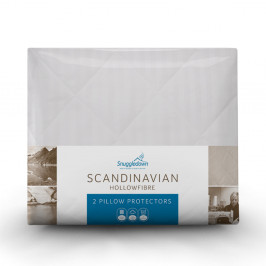
Snuggledown Scandinavian Hollowfibre Pillow Protector
From: £15.00
Shop Now -
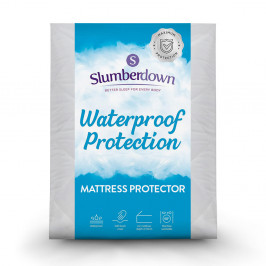
Slumberdown Waterproof Mattress Protector
From: £16.00
Shop Now -
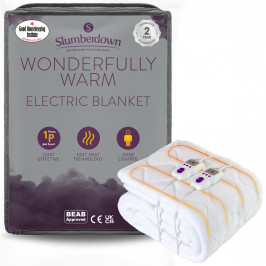
Slumberdown Wonderfully Warm Electric Blanket
From: £60.00
Shop Now -

Slumberdown Unwind Outside 2-in-1 Waterproof Cocoon Set
From: £30.00
Shop Now -
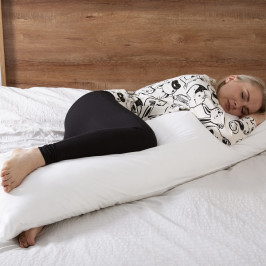
Slumberdown Body Support Pillow, 1 Pack, Includes 100% Cotton Pillow Case
£20.00
Shop Now -
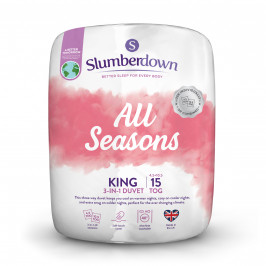
Slumberdown All Seasons Combi 15 Tog (10.5 + 4.5 Tog) King Size Duvet
£34.00
Shop Now


